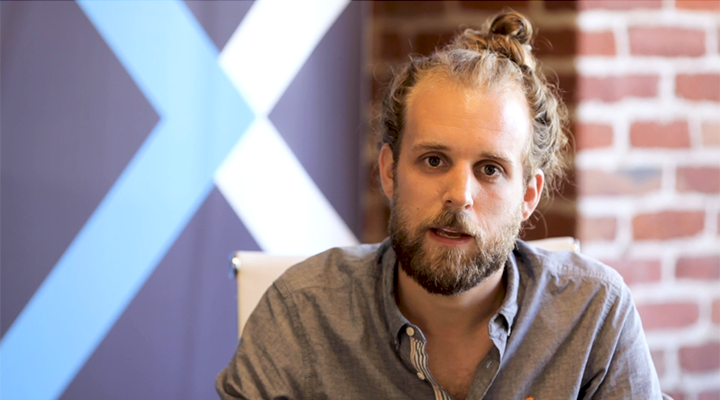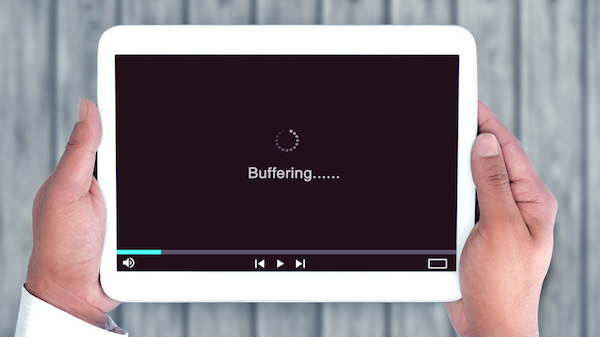As Featured on Medium
Using Behavioral Science to Hack Conferences
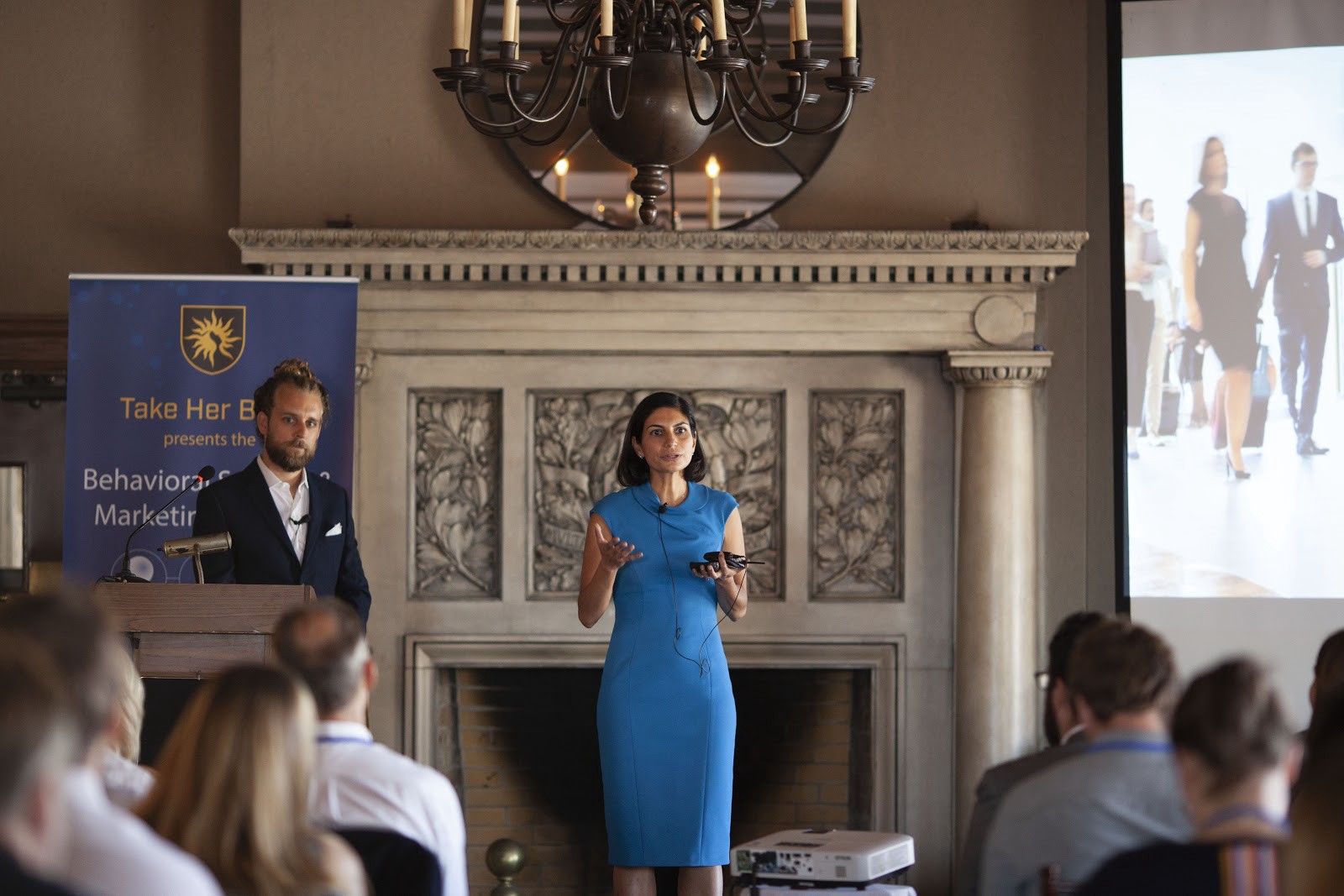
Think back to the last conference you attended. Why did you go? Was it for the food? Maybe the constant and never-ending march of complicated slides across a screen brings you joy. Or, maybe you enjoy slowly falling asleep around 4:30 pm in an uncomfortable chair while the sound of the last speaker (who inevitably started 20 minutes late) washes over you.
No? That wasn’t why? You wanted to learn something and meet people?
Humans have been organizing conferences for about 300 years, so you’d think the modern conference would be a finely tuned machine for achieving its and your goals by now. Especially since conferences are often put on by scientists, many of whom must have, at some point, asked: “Couldn’t we do this better”?
In October, the Next Step team was asked to speak at the annual Behavioral Science and Marketing Summit here in San Francisco alongside behavioral scientists from Airbnb, Uber, and the Godfather of BE himself, Professor Dan Ariely. As we thought about how to use Behavioral Science to differentiate our talk & make it better, we realized we should be thinking about how to use it to make conferences better.
It turns out other behavioral scientists have had the same thought. And their findings are actually pretty interesting. Unfortunately, most of that great work is sitting in academic journals without strong recommendations for how to apply it in the real world. As any behavioral researcher worth their salt will know, information (and access to it) does not change behavior.
How can we use Behavioral Science to improve conference outcomes?
To start, we invited about a dozen behavioral scientists over for dinner and had a pizza-fueled brainstorm on how we could use BE to make the Summit better for everyone. It didn’t take more than a few slices to realized that there are a lot of ways we could tweak conferences for the better. We took a step back and tried to focus on a key behavior we wanted to solve. But, which behavior? We asked everyone there:
Why do you go to conferences?
The answer was unambiguous. People, at least the people we hang out with, go to conference to network. (Sorry to all you speakers out there providing great content, I promise that is why I go).
Yet, how much time do we actually spend networking at conferences? I’ll ask you the same question I asked our conference goers:
Think back to the last conference you attended. Think of all the awesome people you met that you meant to follow up with. Now think about how many you actually followed up with. 1 person? 2? Well over 75% of the people at the conference sent 2 emails or less.
Here is what the conference attendees said:
Number of Emails Sent After the Last Conference Attended
 Given that conferences can cost hundreds, if not thousands, of dollars to attend, that is a pretty expensive email.
Given that conferences can cost hundreds, if not thousands, of dollars to attend, that is a pretty expensive email.
To help overcome this networking barrier we decided on a two-prong solution. First, we would use the brainpower of over 150 captive behavioral experts to help us solve the problem.
Second, we would develop a behaviorally informed tool that we could use to conduct an experiment live at the conference
Leveraging the experts
Our dinner had generated a lot of great ideas with just a few experts in the room. We figured we could do even better with 10x the number of people contributing. We only had a few minutes to let people share, but we wrote everything down to ensure we could use it at future conferences.
We liked one idea, shared by our friend Richard Mathera at the Common Cents Lab, that we decided to implement on the fly. Richard wanted to figure out a way to break into those little circles that form during happy hour. His idea was to create a sense of shared identity at the conference by giving the conference attendees a team name. Another attendee recommended we use the team name as a sort of code that gave you a free pass to open up a conversation. So we did!
Our password for the conference became “Banana”. Further research may be needed to determine if it gave people a silly punchline or the permission we intended, but I personally heard at least a half dozen people use it to start conversations. As long as it got people talking, it achieved our goal.
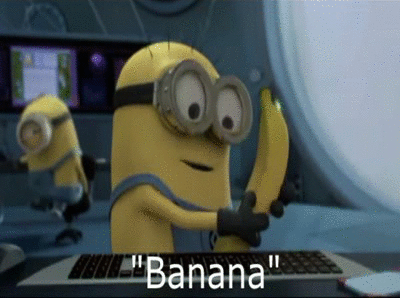
Overcoming the friction of following up
Our second intervention was in reducing the friction in following up after the conference. In behavioral economics, friction is any little impediment to completing the desired behavior. Simply opening your email would certainly qualify as friction. Not to mention feeling like you have to write just the right email and at just the right time. No one wants to appear stupid or desperate in their first email to a new colleague.
To overcome this barrier, we created a template for everyone to use as their first email at the conference.
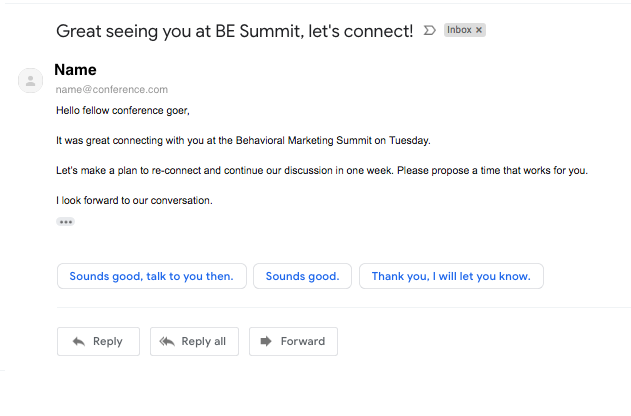
Experienced BE enthusiasts will notice that we inserted a small default commitment that we hope people would adhere to as well.
We arranged to have the conference organizer send this template to everyone during our talk. We then asked attendees to pull out their phones or laptop, check it out, and agree that there would be no judgment for sending a generic follow up email (instead of that brilliant custom pithy one that they would never actually write).
We closed out the talk by giving everyone the opportunity to use our template to connect with all the interesting people they had just met at lunch.
Get on with it! Did it work?
It’s not Behavioral Science if we don’t at least try to track our results. While our methodology might not land us in any journals, we wanted to see if we really did move the needle on networking at the Behavioral Science and Marketing Summit. We employed a few methods of data collection. While attendees were standing and sitting in response to our in conference poll, the Next Step team was counting. We also sent around a follow-up email after the conference.
Results
The results were even more exciting than we anticipated. Below are the results of our in-conference count.
Number of Emails Sent Per Conference*
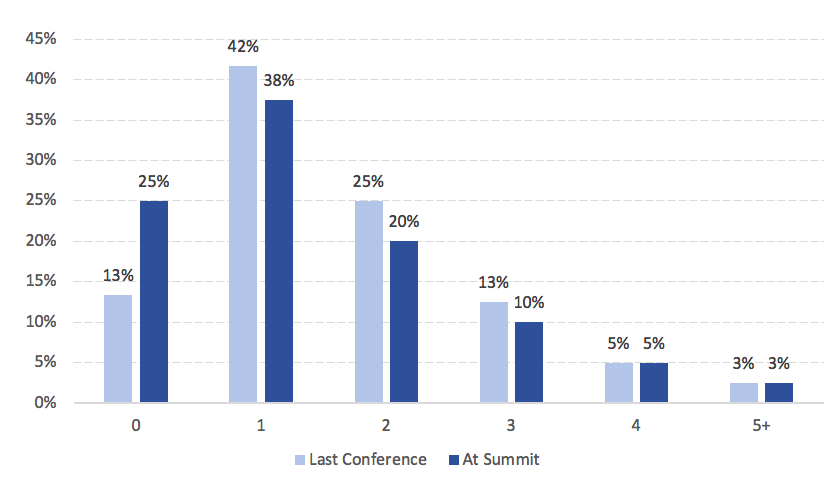 Those bars look pretty similar, which is actually good news. In the first survey, we asked people to think about the last conference they attended and how many follow up emails they sent in total. That means the light blue bar represents all of the emails people sent during the last conference and the days after that conference.
Those bars look pretty similar, which is actually good news. In the first survey, we asked people to think about the last conference they attended and how many follow up emails they sent in total. That means the light blue bar represents all of the emails people sent during the last conference and the days after that conference.
The follow up in-person survey took place just a few hours after our talk. That means that people had already sent a similar number of emails in the 4 hours between our talk and the end of the conference as they normally do in all the days following a conference. And we hadn’t even started happy hour yet.
To see if our networking prime and tools continued to help people follow up after the conference, we sent our own follow-up email with two questions:
- At the last conference you went to (before the Behavioral Science and Marketing Summit) how many follow up emails did you send?
- How many follow up emails have you sent since the Summit?
Number of Emails Sent Per Conference*
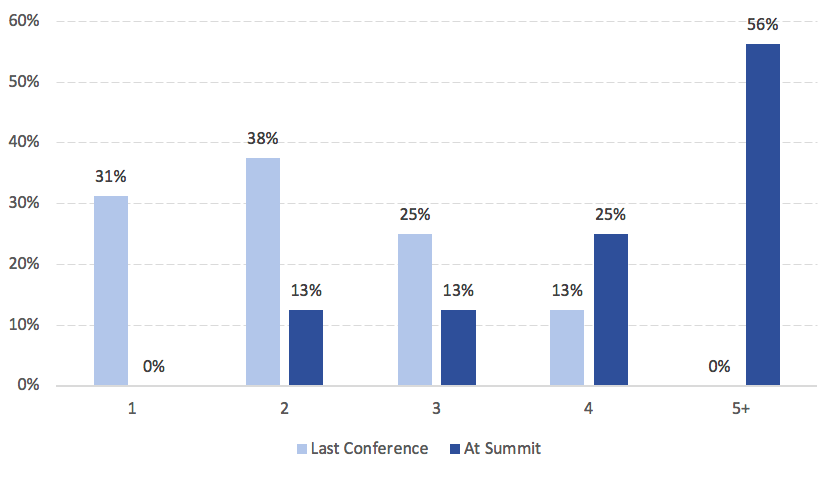 You are seeing that right, we should have used a bigger scale. 31% of people reported only sending 1 email at the last conference they attended, while no one who responded to our survey only sent 1 follow up email. What’s more, no one reported sending 5+ emails after the last conference, while over half, 56%, responded by saying they had sent 5 or more emails after the Behavioral Marketing Summit. That is a huge reversal.
You are seeing that right, we should have used a bigger scale. 31% of people reported only sending 1 email at the last conference they attended, while no one who responded to our survey only sent 1 follow up email. What’s more, no one reported sending 5+ emails after the last conference, while over half, 56%, responded by saying they had sent 5 or more emails after the Behavioral Marketing Summit. That is a huge reversal.
We know, we know. This is self-selection, self-report, and a small N (number of subjects) so we aren’t running to the journals just yet. That being said, we feel confident in saying that this little pilot exceeded our expectation and merits further exploration of how we can use Behavioral Science to improve conference outcomes.
Thanks to our in conference brainstorm, we’ve got a lot more ideas in our back pocket and are on the lookout for conferences to try them out. We’ll be back trying out new ideas at the Behavioral Marketing Summit next year. In the meantime, if you think you would benefit from a little BE at your next conference, try some of the ideas above, or give us a shout. We’d love to continue to research how we can use Behavioral Science to improve conferences.
*Note: Our in-person survey is based on polling the audience twice. The audience was approximately 1/3 the size at 5:30pm. Our email survey was sent to 160 conference attendees and our response rate was about 11%.






